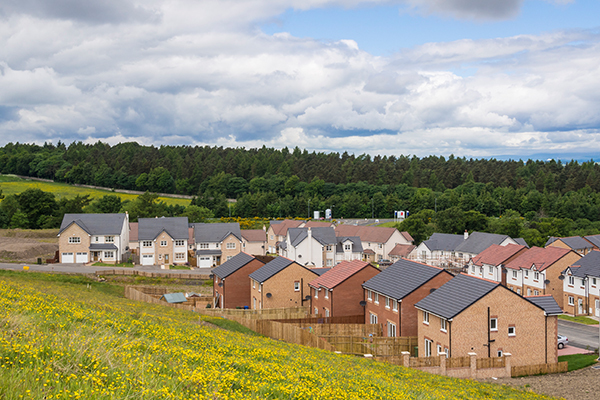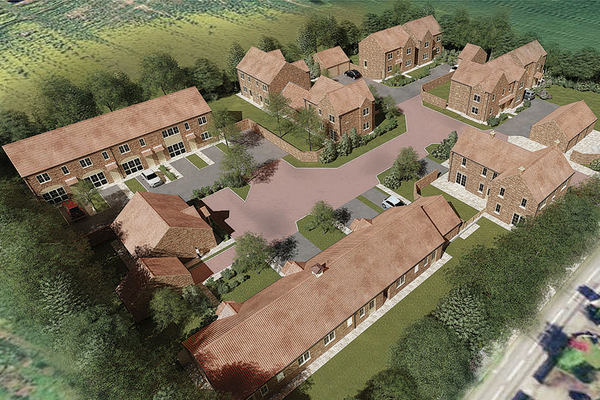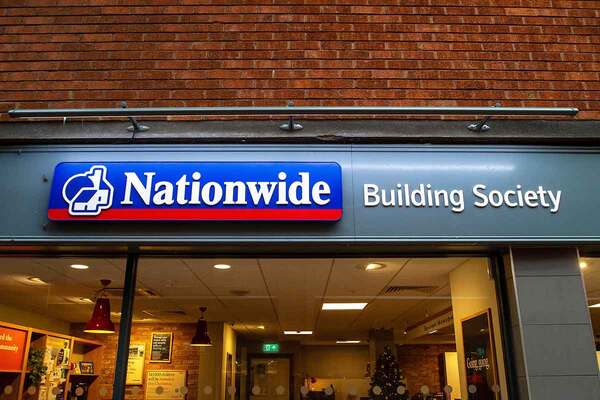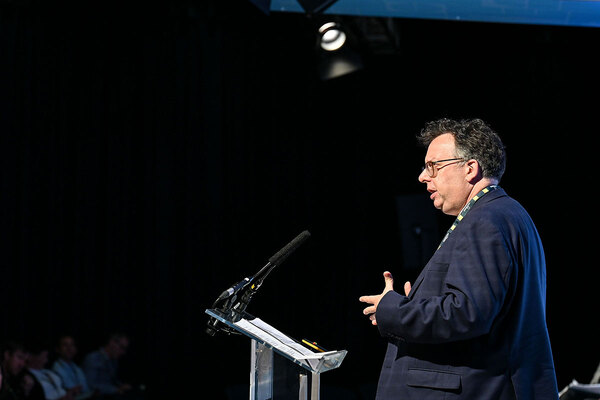Why LPG is a versatile option for rural developers
Ian Digby of Calor Gas argues that liquefied petroleum gas is the lowest carbon fossil fuel available for rural communities and needs fewer building adaptions than electricity, oil or air source heat pumps
Article written by:

It is a well-established fact that the UK is in the middle of a housing crisis, with far too few homes being built to keep up with an ever-increasing population and changing demographics. What is frequently overlooked is how acute this problem is becoming in rural areas.
Countryside homes are up to a fifth more expensive on average than those in urban areas, according to a recent Halifax Rural Housing Review. Why?
The difference is partly explained by higher infrastructure costs. Connecting a new housing development to mains services and drainage is more expensive and complicated in rural areas than in towns.
On top of this, land availability, building costs and planning difficulties make building rural homes more complex.
This means rural social housing providers find it much harder to build affordable, good-quality housing that is financially viable. Their dilemma is how to reduce construction costs without compromising on build quality.
So, what is the answer?
One way rural housing providers can reduce their build costs is to consider the benefits of using liquefied petroleum gas (LPG) for developments where a mains gas connection is either impossible or not commercially justifiable.
As the closest alternative to mains gas, LPG has many natural advantages over other rural fuel choices.
For those unfamiliar with LPG, it may conjure up images of gas cylinders of the type commonly used for barbecues or caravans. But this versatile fuel has many uses.
For decades, LPG has been piped underground directly to individual homes on rural housing estates in much the same way as mains gas. Such developments are known as ‘metered estates’ and each property is fitted with its own meter, with the residents billed directly for the gas used.
There is no need for occupants to think about ordering LPG or any risk of a break in supply, as the tanks are monitored remotely and the gas supply topped up automatically.
It is important for housing developments to look attractive and LPG tanks can be installed neatly underground.
The cost savings builders can achieve by opting for LPG will vary according to development size, with larger projects generating bigger economies of scale. But on a typical small development of 20 homes, build cost savings of more than £100,000 can easily be achieved, making a strong financial case for using LPG in rural homes.
The cost of connecting a development of this size to LPG is around £200 to £250 per plot, making it the cheapest option for developers and giving residents all the benefits of gas central heating.
As the lowest carbon conventional fossil fuel available to rural Britain, LPG needs fewer building adaptations to offset carbon dioxide emissions and meet building regulations than alternatives such as electricity or oil heating systems, which typically need solar photovoltaics to pass Part L of the regulations.
By comparison, Briary Energy estimated in a recent report, How LPG Makes a Cost-Effective Choice For Rural Off-Grid Housebuilders, that air source heat pumps increase costs per plot by between £5,000 and £8,000.
Ian Digby, specifier sales manager, Calor Gas
UPDATE: at 16.30pm on 17.07.19
This article was amended at Calor’s request to clarify that ASHP additional modifications are not required for building control sign-off.











